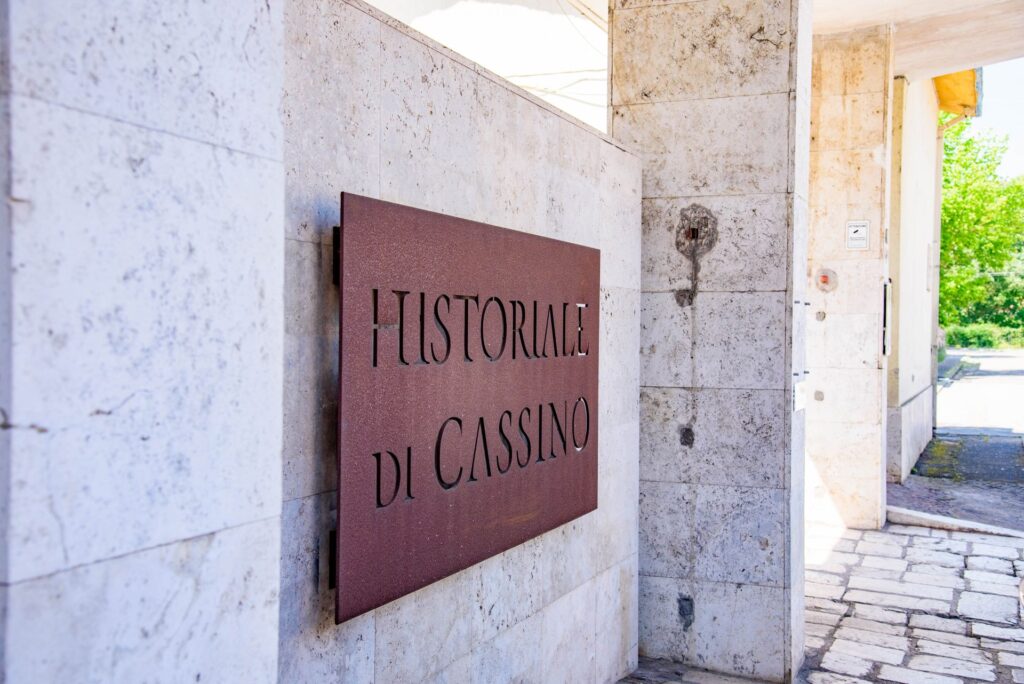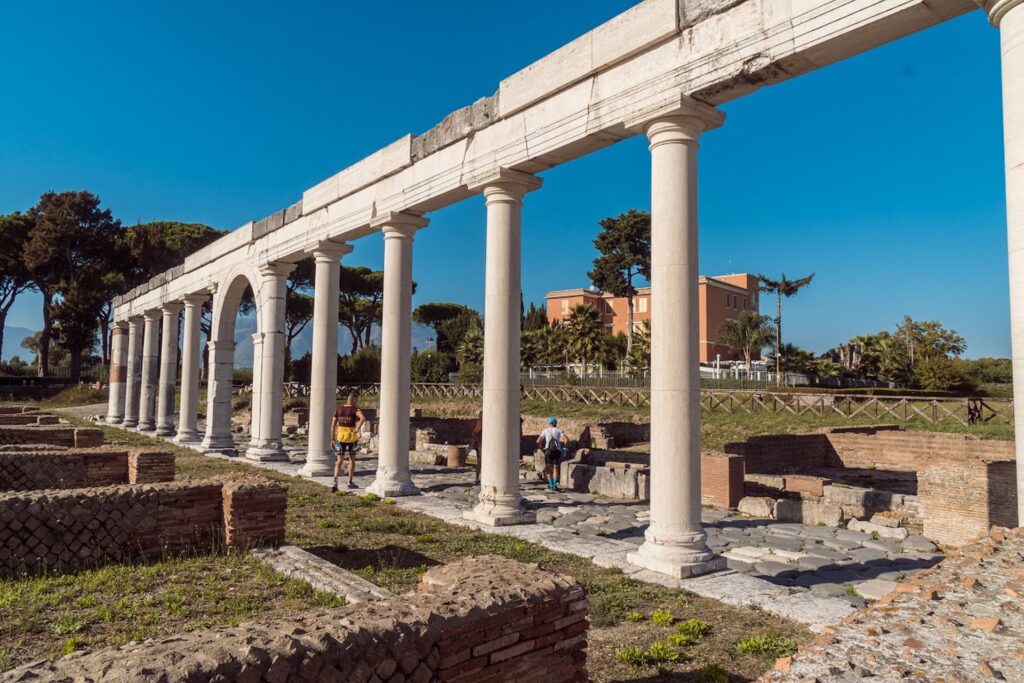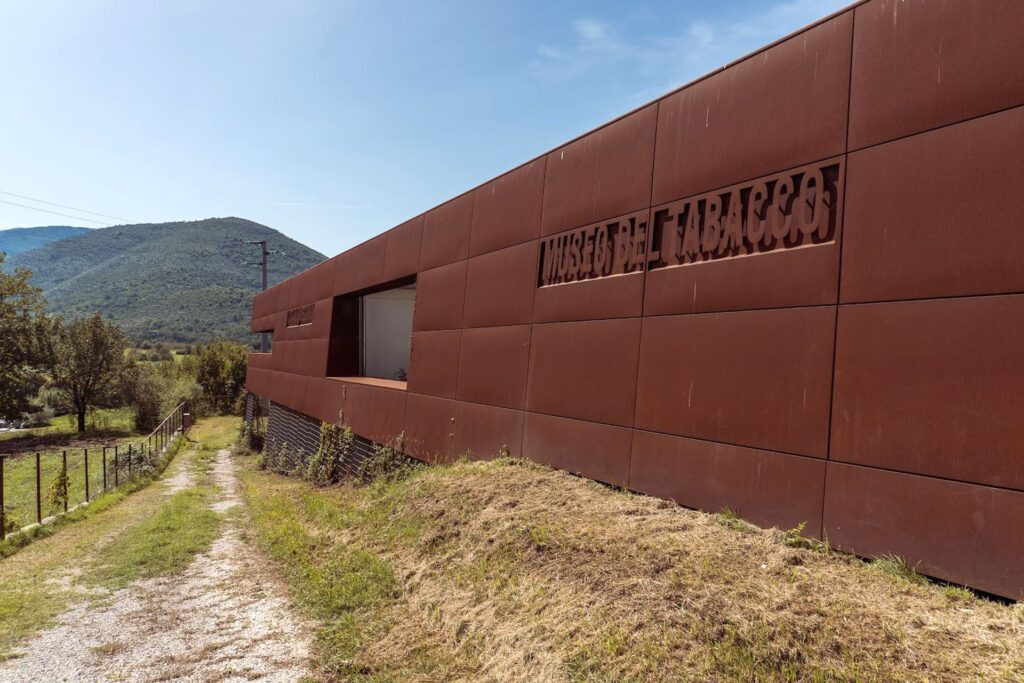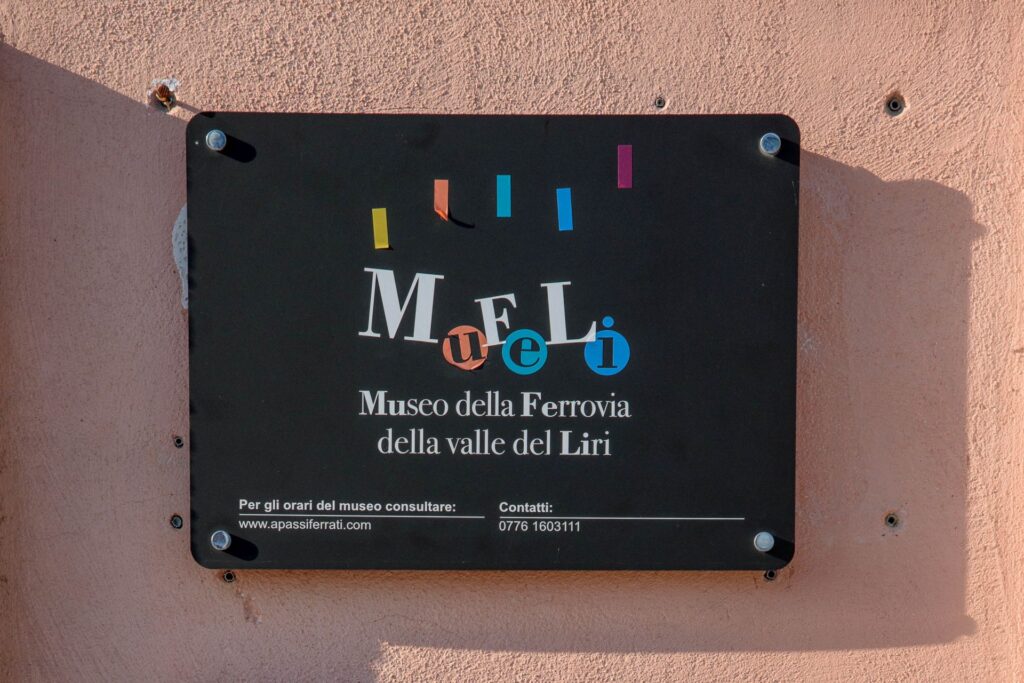Museums
Cassino
The Archaeological Museum “G. Carettoni” and ancient “Casinum”
The Archaeological Museum, dedicated to the distinguished archaeologist Gianfilippo Carettoni, who was the first to carry out systematic excavations in ancient Casinum, is located within the Roman city and incorporates ancient spaces, partly used as offices, storage and exhibition areas. The artefacts are displayed in three halls, which respectively house the prehistoric-protohistoric and new acquisitions section, the section dedicated to ceramics and architectural materials, and the section with sculptures and epigraphs.
In the Lapidarium, on the lower floor, architectural elements and funerary inscriptions from the area are collected. The museum is located within a wide Archaeological Area, in which part of a paved road, a mausoleum traditionally attributed to the matron Ummidia Quadratilla, an amphitheatre and a theatre from the Augustan age are still preserved.
The theatre was built in the central area of the Roman town, taking advantage of the natural slope of the mountain. It was brought to light in 1936 by Carettoni and restored between 1959 and 1962. It could accommodate about 2000 spectators, who occupied the cavea with semicircular rows of seats, crossed vertically by five staircases and divided into two sectors, upper (summa cavea) and lower (ima cavea). In the highest part, traces of a vaulted gallery (crypta) remain. Two corridors (parodoi) allowed direct access from outside to the orchestra. Three doors opened in the front of the theatre: the larger central one (porta regia) and two smaller side doors (portae hospitales). A quadriporticus with a garden connected the theatre to the main square.
The Amphitheatre was built in the 1st century AD along the natural slope outside the city walls. The building, which was used for gladiator shows and fairground fights, could accommodate about 4500 spectators. There were five entrances; the one at the top, along the paved road, gave access to the tribune of honour for the authorities (tribunal). Due to the small size of the building, probably no naval battles took place in the amphitheatre of Casinum.
Its construction (or perhaps restoration) is due to the matron Ummidia Quadratilla, for whom an imposing funerary building was constructed in the 1st century AD within the urban area, against sacred laws that prohibited burials in inhabited areas. The mausoleum had an upper level consisting of a podium facing the forum, while the lower part was the cella ipogea, with a Greek cross plan and a façade made of large square limestone blocks, arranged in horizontal rows, without mortar and joined only by metal brackets. The building was readapted in the 11th century for Christian worship and turned into a church dedicated to St Nicholas. At the end of the 17th century it was dedicated to the Crucifix, from which the surrounding hamlet takes its name today.





